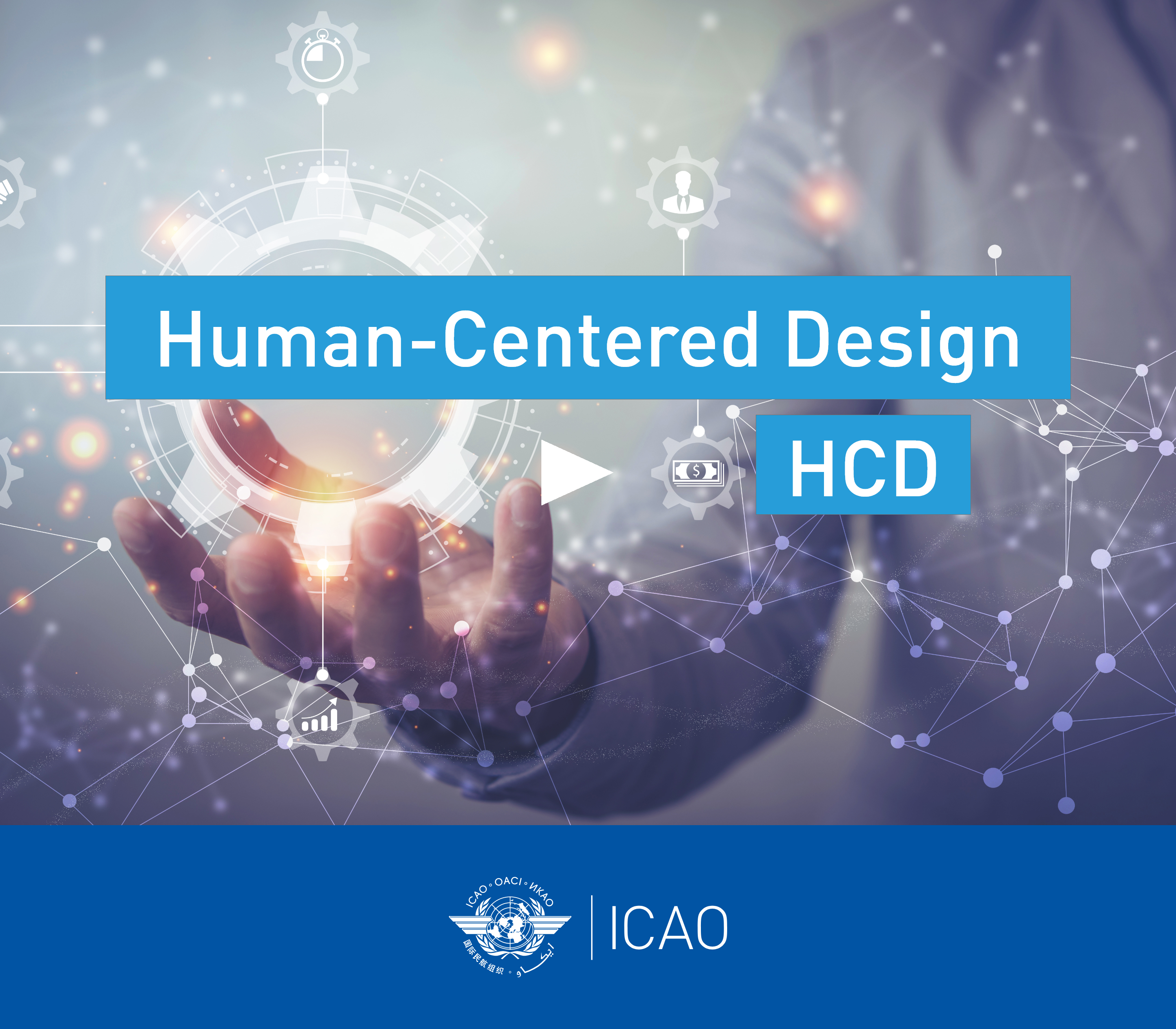Human-centered design (HCD) - also known as user-centered design – is an approach that helps ensure that the product being designed – such as systems, equipment, procedures, services, or regulations - is useful and usable and will support skilled performance in the workplace so that intended operational benefits can be realized.
An HCD approach involves taking into account the HP principles to enable the "building in" of safety and the "building out" of hazards. Its goal is to make it easy to use the product effectively and reduce the risks of unintended consequences. Human-centred designs prevent human errors and allow safe control by human operators. To that end, HCD is based on an explicit understanding of users, their tasks and why they might respond in certain ways, and their work environments.
HCD can be used to support safe and effective design of almost any product, whether a system, a piece of equipment or technology, a process or procedure, or a document, It also supports the implementation of such products in the workplace.

